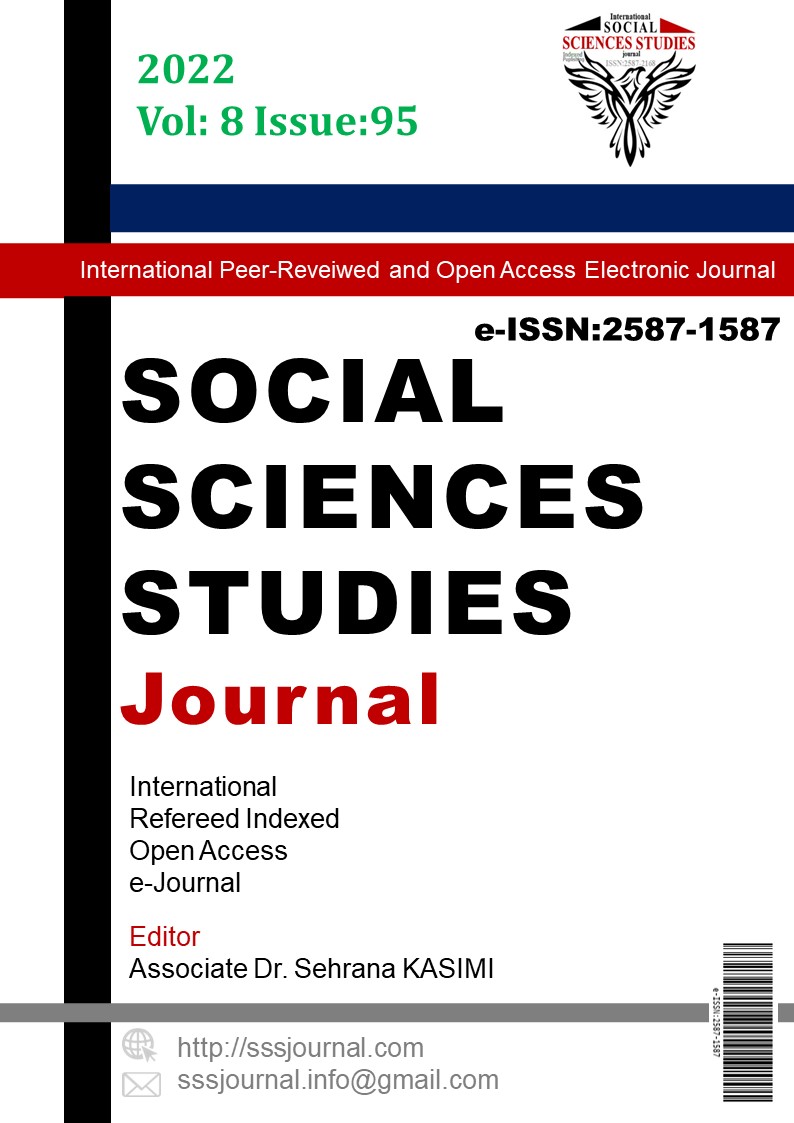New Chord Propositions In Line With The Homophonies Of The Steady Tunes Of Rast And Dügâh For The Three Stringed Classical Kemençe
Author :
Abstract
Türk musikisi icra geleneğinde ney çalgısı ölçülerinden hareketle bir akort sistemi haline gelen oniki ahenkten ancak dördü, üç telli klasik kemençenin akordunda değişiklik yapılmadan seslendirilebilmektedir. Bolahenk, Sipürde, Kız ve Mansur adlarındaki bu ahenklerin rahatlıkla kullanılabilmesi, çalgının yaklaşık iki buçuk oktavlık ses sahasından icra tekniğine yansıyan sınırlılık nedeniyle ancak mümkün olabilmektedir. Klasik kemençede seslendirilmesi güç olan ahenklerin kullanılması akordun ve ses sahasının yetersiz kalmasına bağlı olarak tercih edilmemektedir. Söz konusu ahenkler, diğer Türk müziği telli çalgıları tarafından da icra tekniğinde benzer nitelikte güçlükler oluşturmaktadır. Bu duruma çözüm olarak bazı ahenkler için çalgıların akortları değiştirilerek icra tekniği daha rahat olabilecek yollara başvurulmaktadır. Benzer şekilde, klasik kemençede de icrası zor olan ahenklerin daha rahat seslendirilebilmesi için akortta yapılabilecek değişimler ve önermeler, bu çalışmanın amacını oluşturmuştur. Makamların karar perdelerine göre söz konusu ahenklerde çalgının pozisyon kullanımı farklılık gösterdiğinden, bu çalışma en fazla kullanılan makamlar arasından rast ve dügâh perdelerinde karar veren makam dizileriyle sınırlandırılmıştır. Çalışma kapsamına alınan makam dizilerinin hangi ahenklerde kolay ve zor seslendirildikleri tespit edilerek, aralarından zorlukla icra edilenler için iki tip yeni akort önerisiyle çözüm aranmış; tüm tellerin eşit oranda yarım ses pestleştirilmesi ve sadece kalın telin bir/bir buçuk ses pestleştirilmesiyle önerilen yeni akortlarla, kolaylıkla seslendirilebilecek altı ahenk tespit edilmiştir.
Keywords
Abstract
Only four of the twelve homophonies, which have become a tuning system based on the ney measures in the Turkish music performance tradition, can be performed without making any changes in the tuning of the three-stringed classical kemençe. The use of these homophonies, which are named Bolahenk, Sipürde, Kız and Mansur, is only possible due to the limitations reflected in the performance technique of the instrument's sound spectrum of approximately two and a half octaves. The use of homophonies, which are difficult to perform with the classical kemençe, is not preferred due to the insufficient chord and sound spectrum. These homophonies create similar difficulties in the performance technique of other Turkish music string instruments. For this reason, as a solution, for some homophonies, the chords of the instruments are changed and the methods in which the performance technique can be more comfortable are employed. Similarly, the changes and propositions that can be made in tuning so that the homophonies, which are difficult to perform in classical kemençe, can be performed more easily, have formed the purpose of this study. Since the playing position of the instrument in the aforementioned homophonies differs depending on the identifying frets of the tunes, this study is limited, among the most played tunes, to those tunes deciding on the rast and dugâh frets. By determining which homophonies are performed easily or with difficulty in the tune scales included in the scope of this study, a solution was sought through two types of new tuning suggestions for those which are hard to perform, in which six homophonies that can be easily performed were identified via the proposed new tunings, with all the strings lowered equally at half-tone while only the thickest string lowered one or one and a half tone.
Keywords
- Çolakoğlu Sarı, G. & Sarı, A. (2020). Orkestral Müzikte Yeni Bir Tını Kemençe Kuartet, Ürün Yayınları, Ankara. İrden, S. (2020). Türk Musikisinde Düzen, Perde, Makam, Terkib Uygulamaları, Eğitim Yayınevi, Konya.
- Karahasanoğlu, S. & Yavuz, E.D. (2018). Müzikte Araştırma Yöntemleri, Berceste Yayınevi, İstanbul.
- Özkan, İ.H. (2021). Türk Mûsikîsi Nazariyatı ve Usulleri - Kudüm Velveleleri, Ötüken Yayınları, İstanbul.Sarı, A. (2012). Türk Müziği Çalgıları Ud Tanbur Kanun Kemençe Ney Kudüm, Nota Yayıncılık, İstanbul. Tura, Y. (1988). Türk Musıkisi’nin Mes’eleleri, Pan Yayıncılık, İstanbul.
- Yavuzoğlu, N. (2011). Türk Müziğinde Makamlar ve Seyir Özellikleri, Pan Yayıncılık, İstanbul. Makaleler
- Çolakoğlu Sarı, G. (2020). “Geleneksel Çalgı Orkestralarında Modernleşmenin İzleri: ‘Balalayka Topluluğu’ndan‘Kemençe Beşlemesi ’ve ‘Gadulka Ailesi’ne”, JASSS The Journal of Academic Social Science Studies, 13(79):231-246.
- Hatipoğlu, E. (2013). “Türk Musikîsinde Āhenkler”, İstem, 11(22):131-144.
- Kahyaoğlu, Y. (2019). “Transposition/Shed (Göçürme) in Turkish Music”, Inonu University Journal of Culture and Art / IJCA İnönü Üniversitesi Kültür ve Sanat Dergisi, 5(2):92-98.
- Köroğlu, N.O. (2020). “Kız Ney ile Bolahenk Akortta İcra ve Notasyon- Rast Kâr-ı Nâtık Örneği”, Manisa Celal Bayar Üniversitesi Sosyal Bilimler Dergisi, 18(3):325-335.
- Soydaş, M.E. & Beşiroğlu, Ş.Ş. (2007). “Osmanlı Saray Müziğinde Yaylı Çalgılar”, İTÜ Dergisi/b Sosyal Bilimler, 4(1):3-12.
- Feyzibeyoğlu, İ. (2013). “Makam Müziğinde Ahenkler ve Sesler”
- https://ihsanfeyzibeyoglu.blogspot.com/2013/01/makam-muziginde-sesler-ve-isimler_17.html Hatipoğlu, E. (2022). “Makamlar ve Terkipler”





